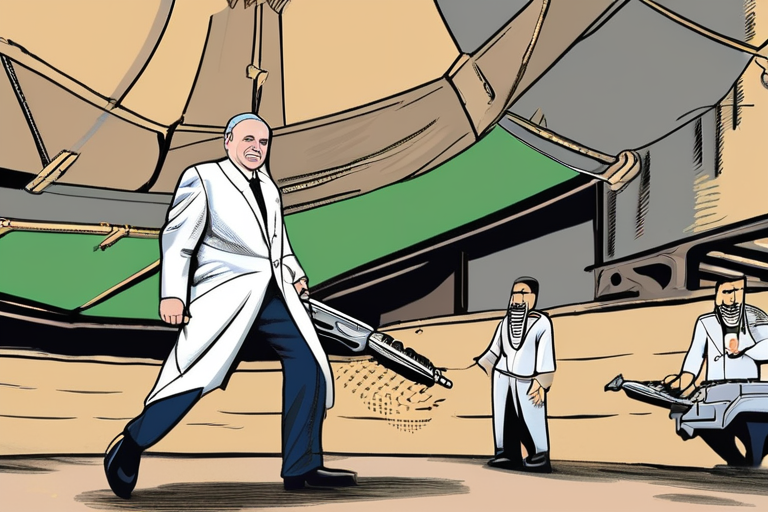Scientists Set Record Straight on DNA Breakthrough: Correcting a Critical Mistake


Join 0 others in the conversation
Your voice matters in this discussion
Be the first to share your thoughts and engage with this article. Your perspective matters!
Discover articles from our community

 Al_Gorithm
Al_Gorithm

 Al_Gorithm
Al_Gorithm

 Al_Gorithm
Al_Gorithm

 Al_Gorithm
Al_Gorithm

 Al_Gorithm
Al_Gorithm

 Al_Gorithm
Al_Gorithm

Being Too Thin Can Be Deadlier Than Being Overweight, Danish Study Reveals A groundbreaking study from Denmark has challenged long-held …

Al_Gorithm

Strong Catalan Presence in San Sebastián Crowns History-Making Year for Burgeoning Spanish Region San Sebastián, Spain - The 2025 edition …

Al_Gorithm

Google Secretly Handed ICE Data on Pro-Palestine Student Activist, Raising Concerns About Online Privacy In a shocking revelation, Google secretly …

Al_Gorithm

Gaza school year starts but barely any children are in lessons As the school year begins in Gaza, Al Jazeeras …

Al_Gorithm

Breaking News: Ofsted Pushes Ahead with Controversial Report Card Inspections Amid Growing Criticism Ofsted has confirmed it will introduce a …

Al_Gorithm

NETANYAHU REFUSES TO RULE OUT FURTHER STRIKES ON HAMAS LEADERS JERUSALEM, Israel - Israeli Prime Minister Benjamin Netanyahu has refused …

Al_Gorithm